We’ve been anticipating a pair of Apple over-ear headphones for a while now, with numerous outlets reporting that the San Cupertino company is planning to release a pair of studio-quality cans this year.
According to a report by respected analyst Ming-Chi Kuo, who correctly predicted the release of the upgraded Apple AirPods and the AirPods Pro in 2019, the wireless headphones will launch alongside a number of new products in the first half of 2020.
That means we could see the Apple over-ear headphones at WWDC in June. Saying that, Apple has been known to hold launches far earlier in the year, revealing Apple Arcade and Apple TV Plus in March 2019, as well as the upgraded AirPods.
A March release date would make sense, considering that a recent Target product listing has gone live, possibly accidentally leaking the rumored Apple headphones, and revealing a $399 (about £300 / AU$699) price tag.
Cut to the chase
- What is it? Apple’s first over-ear headphones.
- When will they be released? It’s rumored that they’ll launch in the first half of 2020.
- What will they be called? That’s unclear, but some outlets are calling them the StudioPods.
What we’ve heard so far
Rumors surrounding a pair of Apple over-ear headphones are just that – rumors. There’s been no confirmation from Apple that it’s planning to release cans to compete with the likes of Bose, Sennheiser, and Sony headphones.
Most recently, an inventory listing from US store Target, may have revealed the price of the hotly-anticipated cans.
YouTuber Jon Prosser posted an image to Twitter, purporting to show the upcoming over-ear headphones in Target’s system, mysteriously listed as “Apple AirPods (X Generation)”.
The product in the image appears to cost $399, which works out at around £300 / AU$600 – if these are the rumored Apple StudioPods, then the brand is aiming for the higher end of the price scale, surpassing the cost of competitors like the Sony WH-1000XM3 and the Bose Noise Cancelling Headphones 700.
Prosser also speculates that the Apple over-ear headphones could come in a range of colors, citing the existence of three different product codes, all priced at $399. So far, Apple’s existing headphones, the EarPods, AirPods, and AirPods Pro, have only ever been available in white, though Apple-owned Beats headphones often come in a range of bright colors.
The earliest reports of Apple over-ear headphones came in February 2018 from KGI Securities analyst Ming-Chi Kuo, who claimed that Apple was working on updated AirPods and “own-brand, high-end over-ear headphones with an all-new design”.
Since then, Kuo has elaborated on his initial claims. His latest report says that the next few months will see in the anticipated iPhone SE 2, a new iPad Pro and MacBooks with scissor keys, as well as a “smaller wireless charging mat, UWB tag, and a high-end Bluetooth headphone” from Apple.
As we now know, Kuo’s prediction about the updated AirPods turned out to be right, as the release of AirPods (2019) earlier this year, and the subsequent release of the AirPods Pro demonstrated.
He was also right about the kind of upgrades Apple’s true wireless earbuds would receive, predicting that they wouldn’t look very different from the original AirPods, but would have an upgraded chip and a wireless charging case.
With Kuo’s predictions being correct so far, we wouldn’t be surprised if he was right about the over-ear model being released in the first half of 2020 too.
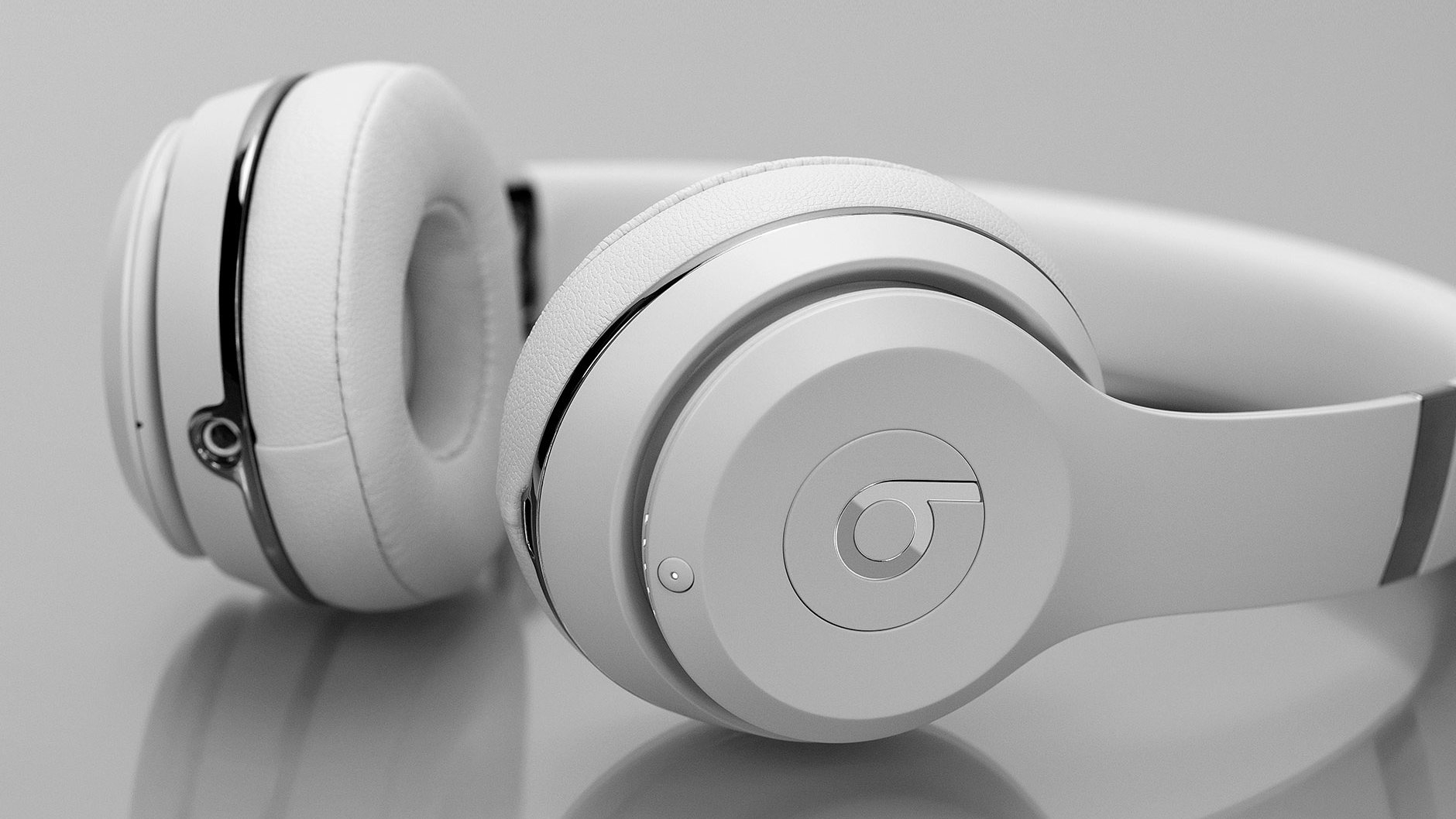
In June 2018, Bloomberg reported that Apple was planning “studio-quality over-ears headphones” that will “use Apple branding and be a higher end alternative to the company’s Beats line”.
Apple acquired Beats in 2014 for $3 billion, and already sells Beats-branded over-ear headphones on its website.
Speaking to people close to the matter, Bloomberg reported that Apple originally intended to “introduce the headphones by the end of 2018, but has faced development challenges”, and was instead targeting a 2019 launch. Of course, they never materialized, lending even more credence to Kuo’s prediction.
Despite no official confirmation from Apple that the headphones exist, some outlets have already started calling the rumored headphones the Apple StudioPods. As MacWorld says, the company is likely to seek consistency by “re-using the Pod suffix that unites so many of its music products: the EarPods, AirPods, HomePod, and iPod”.
- Apple HomePod 2: rumors, news, release date and more
What we want to see from Apple’s over-ear headphones
The best over-ear headphones combine slick design, comfort, and portability – ideally without breaking the bank. But these days, headphones can be incredibly tech-heavy as well, which is what we would expect from a pioneering company like Apple.
That’s why we’d like to see modern conveniences like wireless connectivity, built-in voice assistance, and active noise-cancelling in the rumored Apple over-ear headphones – and above all else, fantastic sound quality.
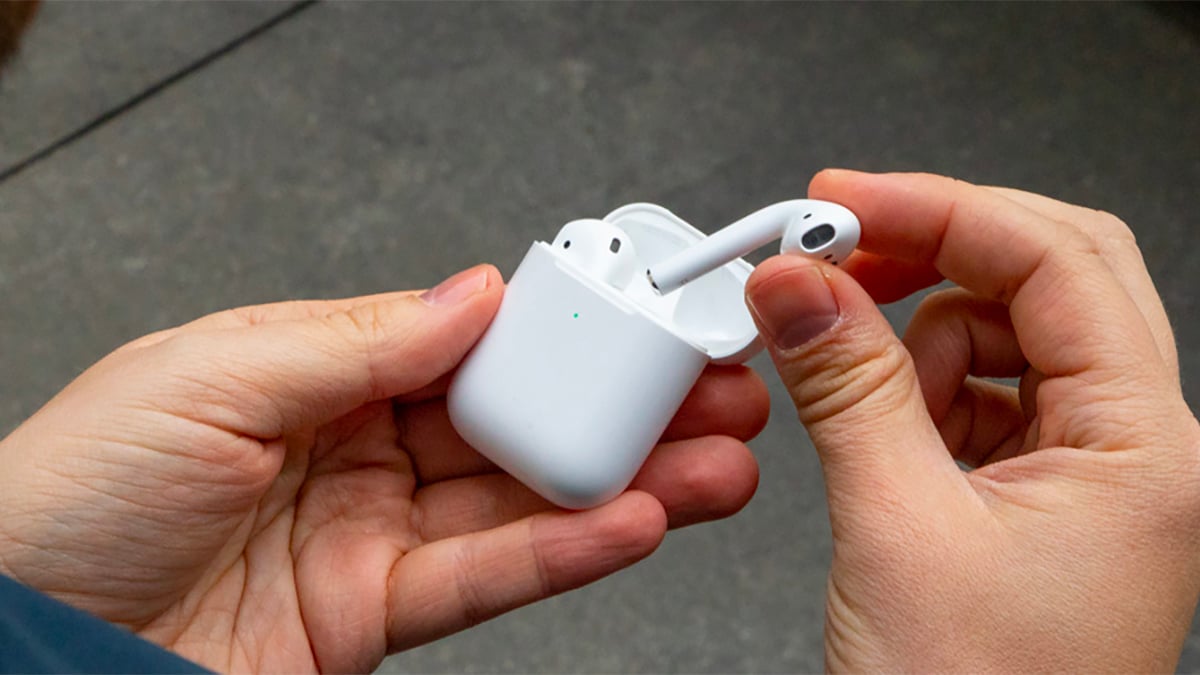
Better sound quality than the AirPods
They may be popular, but Apple’s AirPods have never been known for their audio quality. While they have a lively presentation, they can sound a bit harsh when it comes to higher frequency sounds like snares, violins, and trumpets.
The Apple AirPods also aren’t the bassiest earbuds on the market (although the more recent AirPods Pro do a better job of this) – but more powerful bass could absolutely be achieved by a higher-spec pair of over-ear headphones.
Ketan Bharadia, International Technical Editor of What Hi-Fi? agrees: “I’ve never rated the sound of the company’s in-ears but, considering [Apple’s] engineering might and the sonic qualities of their iPhones and the HomePod, there’s plenty of potential for over-ears to stir things up.”
Over-ears tend to offer higher sound quality than in-ear models anyway, partly because they have bigger drivers than in-ear models. These larger drivers are able to displace larger volumes of air than their smaller counterparts, which in turn creates a more powerful audio performance.
According to Audio Advice, these larger drivers tend to reproduce the “widest range of frequencies, from silky smooth highs to tight, deep bass,” providing a richer, more colorful soundstage than in-ear headphones.
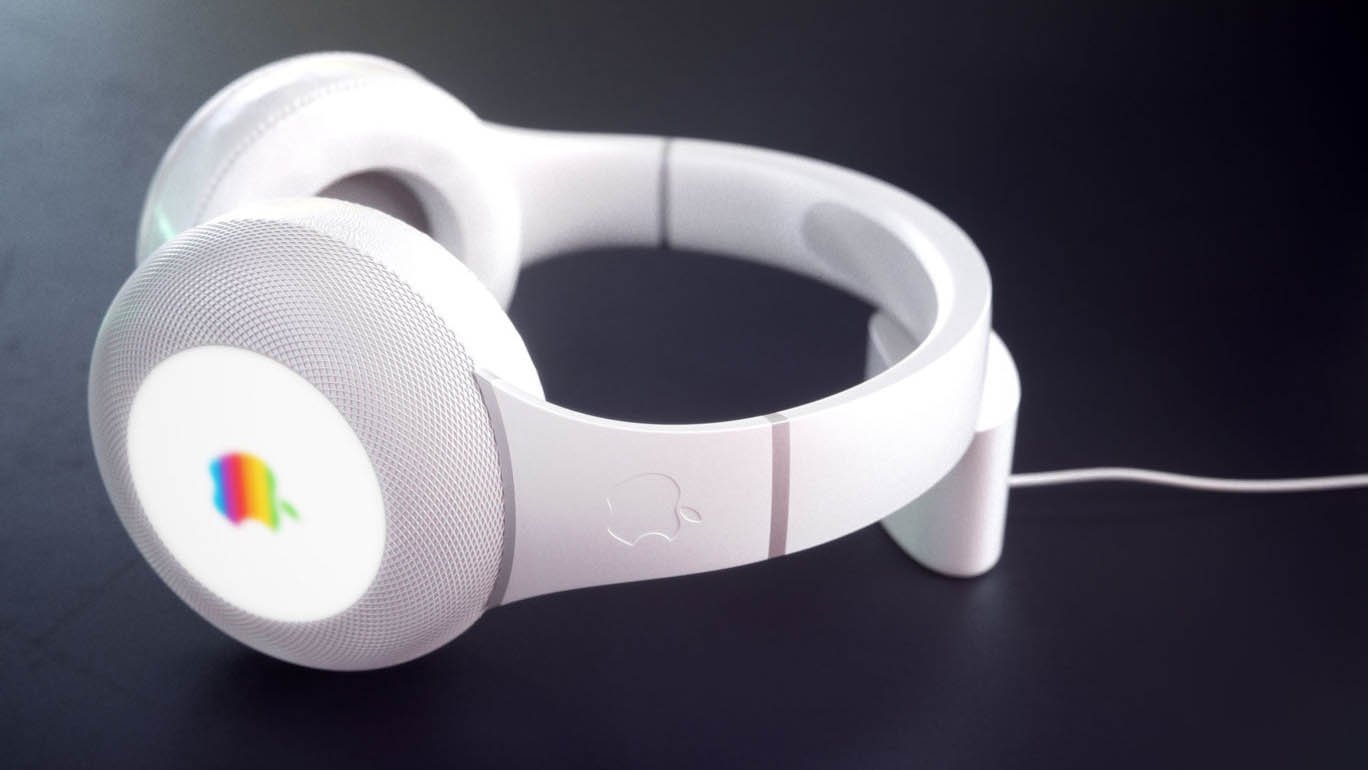
Classic Apple design
Take away the technical aspects of a pair of headphones, and you’ve essentially got a (potentially very expensive) piece of headgear – and as such, it’s important that they look good.
We know that Apple has a strong design aesthetic; despite initial ridicule, the Apple AirPods have become iconic for their unique design, with lots of true wireless earbud manufacturers since taking inspiration from their long, protruding stems and all-white color scheme.
We’d like to see an evolution of Apple’s classic design with their rumored over-ear headphones, with smooth, clean lines, premium materials, and a minimalist look without lots of bulky hardware ruining the effect.
Although Apple hasn’t even confirmed the existence of the StudioPods, that hasn’t stopped German tech publication Curved from mocking up its own concept illustrations of what the headphones might look like.
The illustrations from Curved are based on the look of Apple’s HomePod, framed by “the same textile mix as Apple’s smart speaker”.
They also take inspiration from Beats headphones in terms of their shape and build, but swaps the Beats logo for Apple’s own hallmark, although we’re not sure such abundant use of color is likely from the brand that has only ever made white audio accessories so far.
Saying that, a recent product listing at Target has led to speculation that the Apple over-ear headphones could come in a range of colors, after three different product codes were discovered.
Curved also predicted that the headphones would charge wirelessly, showing the mocked-up headphones resting on an Apple-branded charging platform, and that the housings would feature touch controls, a little like the Microsoft Surface headphones.
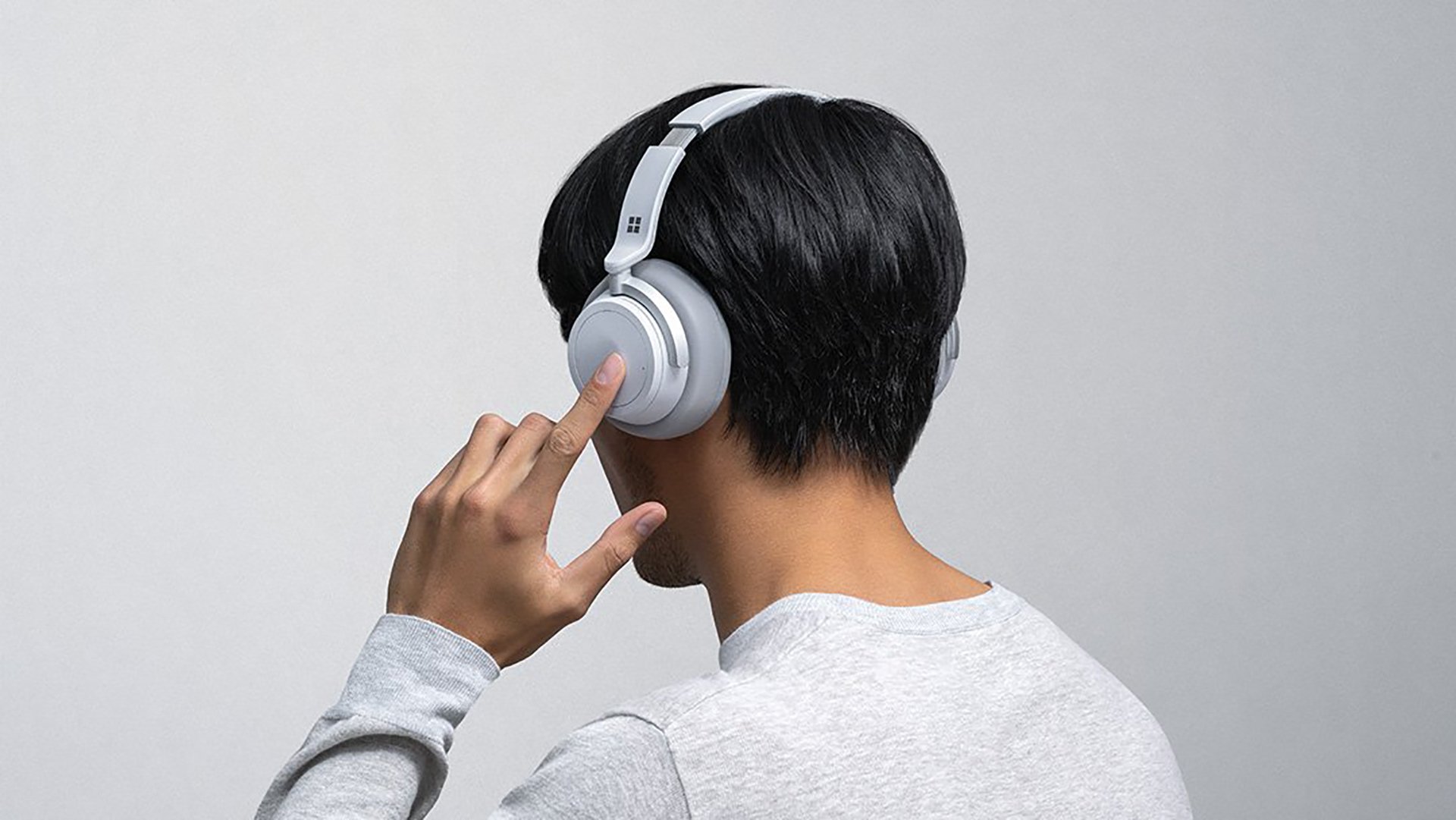
Decent sound isolation
The way Apple’s over-ear headphones sound will have a huge impact on the different situations they can be used in, as Senior Supervising Engineer at the National Film & Television School Jeremy Rodeschini explains:
“My role is to do with sound engineering covering a wide range of applications from theatrical sound to VR as well as live sound – and each application has very different requirements.”
While Rodeschini looks for “excellent isolation from ambient noise, reliability, and robustness” from the headphones he uses for mixing live sound, comfort and “a slightly flattering response” is preferable when he’s recording actors delivering their lines in the studio.
Of course, noise isolation isn’t just useful for working with live sound; for anyone who wants to listen to music in loud environments, like on their daily public transport commute for example, good noise isolation makes a world of difference.
How well a pair of headphones can isolate ambient noise depends on how well they seal around your ears, creating a physical barrier that prevents environmental sound from getting to your ears; this can be challenging for over-ear styles, as they don’t offer as tight a seal as in-ear models.
Still, a good pair of over-ear headphones should be able to physically block a decent amount of ambient noise, and this is something we would expect from a pair of high-end headphones from Apple.
Fantastic noise cancellation
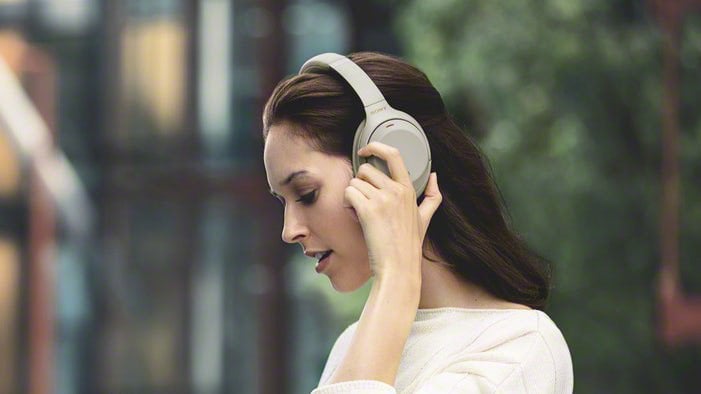
If Apple wants its StudioPods to compete with the best over-ear headphones on the market, it should take a leaf out of Sony’s book, and offer the same high-standard of noise cancellation provided by the Sony WH-1000XM3s, as well as noise isolation.
The best noise-cancelling headphones make commuting a breeze, eliminating the noise of crying babies, honky traffic, and the loud conversations of your neighbors by digitally tuning out unwanted environmental sound.
With Apple’s technological might, we’d be surprised if a pair of over-ear headphones from the San Cupertino company didn’t include noise-cancelling technology – after all, it’s an increasingly common feature of premium headphones.
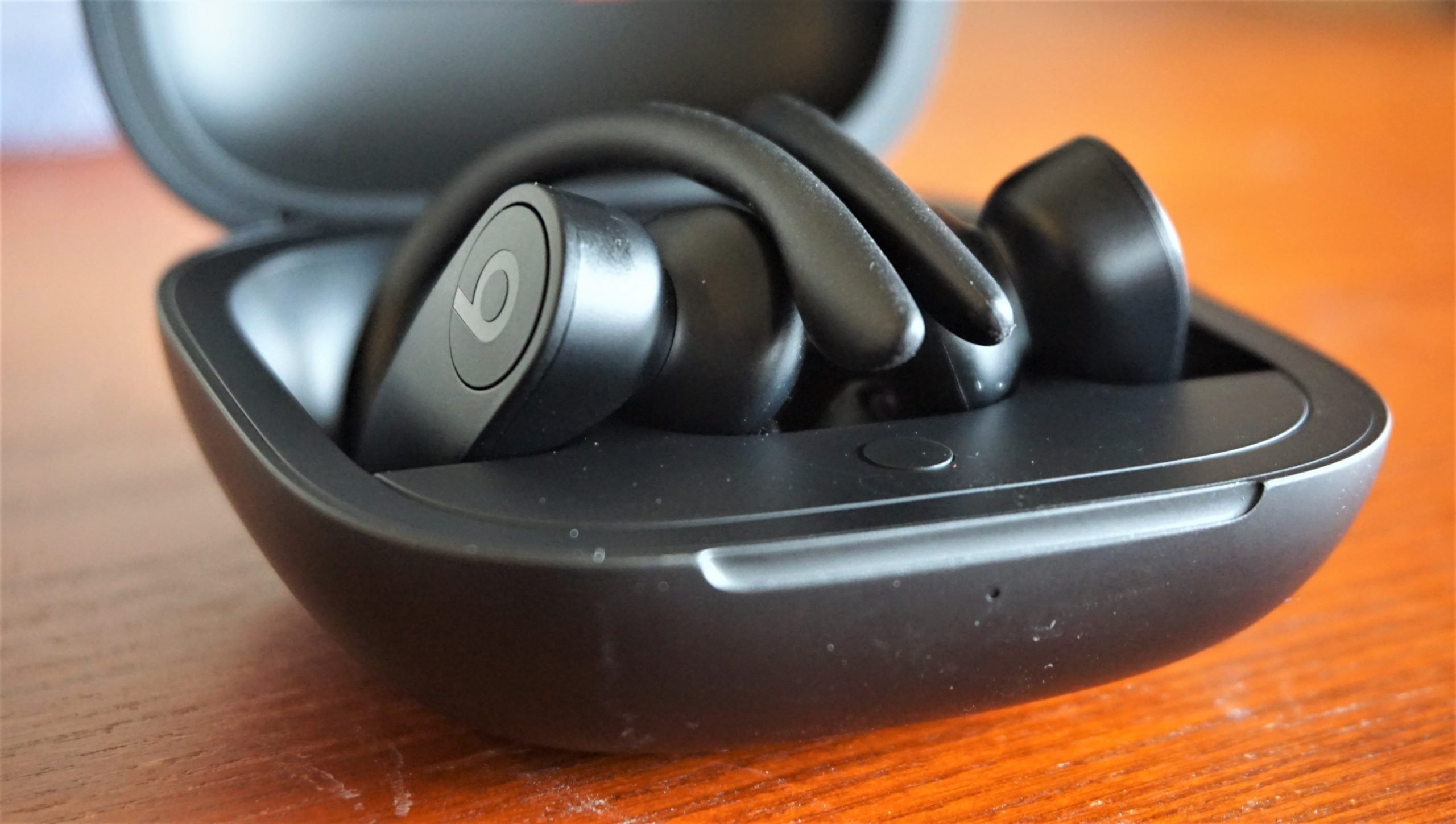
Apple’s H1 headphone chip
If Apple is going to release a pair of over-ear headphones, we’d expect them to have the same H1 headphone chip that’s built-in to the AirPods (2019) and the PowerBeats Pro.
Apple’s new H1 chip is designed to improve connectivity and battery life, and allows for a new ‘Hey Siri’ voice activation feature in the upgraded AirPods – all of which we would like to see in any future Apple over-ear headphones.
Wireless isn’t everything though – if Apple markets these headphones as studio-quality cans, the option to use a wired connection to your device will be crucial.
This is because wired headphones tend to offer higher quality audio than their wireless counterparts, as Joe Cox, Global Editor-in-Chief of What Hi-Fi? explains:
“Bluetooth would traditionally compress your music files to transmit them wirelessly, reducing audio quality before it’s even reached your headphones”.
While advances in Bluetooth like aptX HD means that audio quality is far better than it once was, you won’t find this technology in Apple’s AirPods (2019) – and if the company doesn’t include support aptX HD in the StudioPods, the option for a wired connection will be important to get that studio-quality sound.
For truly modern connectivity, Apple will need to include support for the latest Bluetooth 5.0, while ensuring that gamers don’t experience annoying lag by adding support for aptX Low Latency.
Audio accuracy
It could be that the new Apple StudioPods take inspiration from the over-ear headphones already offered by Beats like the Beats Studio 3 wireless noise-canceling headphones – but these models aren’t exactly known for their audio quality either, with some criticizing their bass-heavy presentation.
If Apple frames these new headphones as studio-quality, true audiophiles like Rodeschini will be looking for perfect audio accuracy:
“Personally I like a comfortable pair of headphones that delivers a sound that is as close to the original as possible so I get to appreciate all the expertise of the mixer and get as close as possible to the artist’s intention.”
He continues: “If a headphone is adding any color to the soundtrack, it would be like adding the same blend of spices to every dish you eat without the chef’s knowledge – not desirable in my opinion.”
